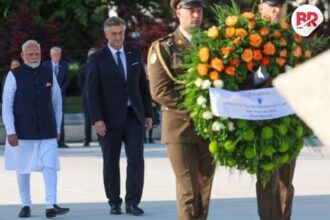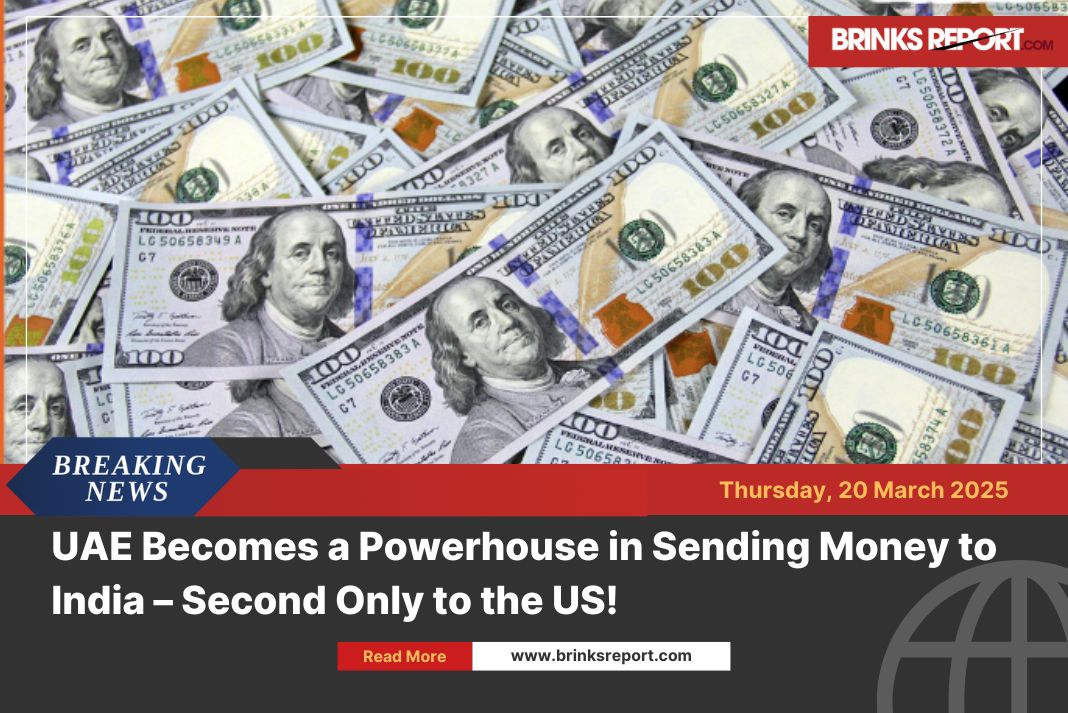
Iran-US Oman Talks: High-Stakes Nuclear Deal Back on the Table
The Iran-US Oman talks are set to take place in April 2025, drawing global attention. These high-level negotiations aim to address Iran’s nuclear program, a major source of tension in the Middle East.

The U.S. delegation will be led by Steve Witkoff, the Trump administration’s envoy for the Middle East. On the other side, Iran is sending a powerful team led by Foreign Minister Abbas Aragchi, who has been given “full authority” by Supreme Leader Ayatollah Ali Khamenei.
But expectations are low. Skepticism, mistrust, and geopolitical risks loom large.
Indirect or Direct: A Clash of Approaches
The first disagreement? The format itself.
Iran insists on indirect talks—refusing to sit in the same room with U.S. officials. Meanwhile, Trump is pushing for face-to-face meetings, eager to strike what he calls a “real deal.”
This reflects a deeper issue. Iran still remembers the U.S. withdrawal from the 2015 nuclear deal. Trust has eroded. Aragchi will talk, but on his terms.
Also read: From CIA Coup to Nuclear Standoff: The Secret History of US-Iran Hostility
What’s on the Table—and What’s Not
Tehran has made one thing clear: its ballistic missile program is off-limits.
However, Iran is open to discussing nuclear restrictions. Currently, Iran is enriching uranium to 60%—dangerously close to weapons-grade. Western powers accuse Tehran of breaching limits set in the now-defunct 2015 agreement.
For Trump, this is non-negotiable. His “maximum pressure” campaign—sanctions, threats, and even talk of military action—remains in full swing.
Israel is also watching closely. Officials there have warned that if diplomacy fails, military strikes may follow. They consider Iran’s nuclear ambitions an “existential threat.”
A Region on the Edge
The stakes of the Iran-US Oman talks are not limited to nuclear enrichment.
Failure could fuel more violence in Gaza, Lebanon, Syria, and the Red Sea, where Houthi rebels—backed by Iran—have launched attacks on ships.
Iran has warned countries hosting U.S. bases that “severe consequences” will follow if they support an American military operation.
Oman, a neutral ground, is hosting the talks once again. It played a key role in secret diplomacy that led to the 2015 deal. But this time, the atmosphere is far more tense.
Also Read: AUKUS Nuclear Submarine Deal Faces Backlash Over China Conflict Silence
The Bigger Picture
Iran’s regional power has declined. Proxy groups in Gaza and Syria have suffered setbacks. Houthi influence in Yemen is also waning.
Yet, Iran remains a crucial player. If diplomacy fails, tensions will skyrocket. A regional war is no longer unthinkable.
This is why the Iran-US Oman talks matter. They are not just about centrifuges and uranium—they’re about preventing a broader conflict.
Can a Deal Be Reached?
It’s unclear if these talks will succeed.
Both sides are coming in with hardened positions. Trump wants a show of strength. Iran wants guarantees. And time is running out.
Still, diplomacy is on the table. That alone is something worth watching.
Also Read: Russia Slams Trump’s ‘Bomb Iran’ Ultimatum as Reckless Provocation












